





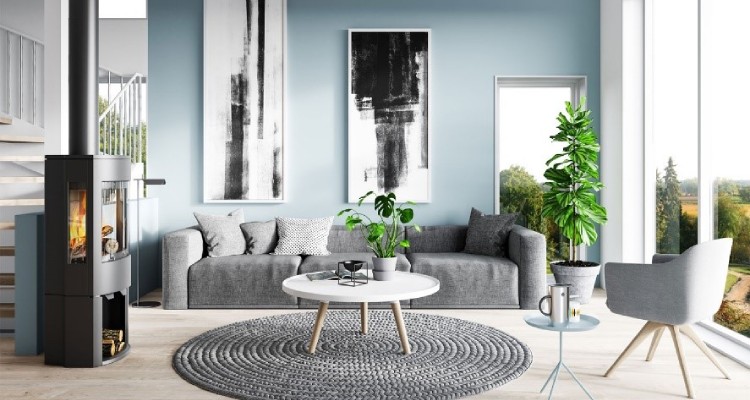
Interior design is more than just arranging furniture and selecting color schemes; it is an art that can profoundly impact the lives of people. Our environment plays a crucial role in forming our emotions, behaviors, and overall well-being. A well-designed interior has the capacity to evoke feelings of comfort, productivity, and happiness, while a dull planned space can lead to stress, anxiety, and dissatisfaction. Our team Manan Planners in this blog, will briefly how interior design influences our lives in various ways.
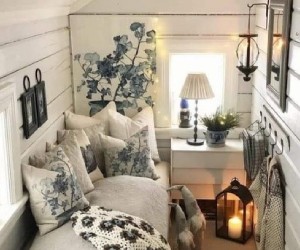
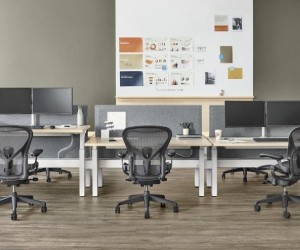
1. Mood and Emotions: The interior design of a space can directly influence the mood and emotions of its inhabitants. For example, a burnished, well-organized, and aesthetically pleasing environment can develop feelings of happiness, relaxation, and comfort. On the other hand, a cluttered, dull, or uninviting space may lead to feelings of stress, anxiety, or discomfort. Colors, lighting, textures, and patterns can be strategically used to evoke specific emotions and create the desired ambiance. By selecting suitable elements that resonate with our emotions, interior design has the potential to enlighten our mood and positively impact our mental well-being.
2. Productivity and Efficiency: A well-designed interior can magnify productivity and efficiency in various settings, such as offices and workspaces. Appropriate placement of furniture, the use of ergonomic elements, inspiring interior décor elements, and the right lighting can endorse innovation and raise employee morale and engagement.

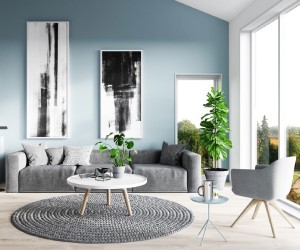
3. Functionality and Accessibility: Interior design takes into consideration the functionality of a space and how well it fulfill its aspiring purpose. Designers ponder on features like ease of movement, accessibility for people with disabilities, and proper organization to assure the space is serviceable and efficient. Embracing interior design considers the requirements of all individuals, irrespective of age or ability. By creating spaces accessible and hospitable, it ensures that everyone can utilize and enjoy the environment without limitations.
4. Health and Well-being: The purpose of interior design in the healthcare sector is to create healing environments that contribute to well-being and recovery. For instance, using eco-friendly materials, assuring proper ventilation, and integrating elements of biophilic design (connecting with nature) can lead to improved indoor air quality and overall well-being. A well-designed interior can reduce stress by creating a retreat-like environment. Design elements such as cozy corners, calming colors, and comfortable furniture can help individuals unwind and relax.
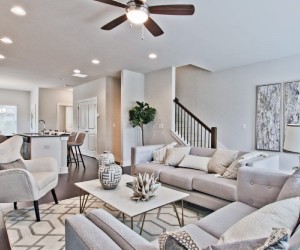
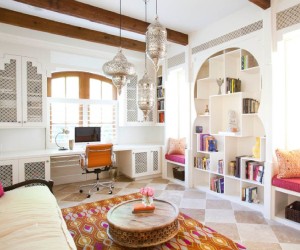
5. Social Interaction and Relationships: Designing of common areas and open spaces can stimulate social interaction and promote stronger relationships among family members or colleagues. A skilful design of living room or common area, for example, can emphasize socializing and bonding among family members or colleagues.
6. Cultural and Personal Expression: Interior design allows individuals to convey their personalities, tastes, and cultural background. Personified spaces can create a sense of ownership and identity, which confer a feeling of belonging and comfort. This relation to the environment can have an optimistic influence on self-esteem and happiness.

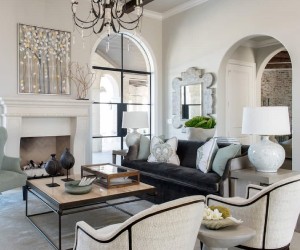
7. Environmental Impact: Sustainable interior design execution furnishes a healthier environment by promoting the use of eco-friendly materials, energy-efficient lighting, and renewable resources. Conscious design choices can reduce the carbon footprint of space and promote a more sustainable lifestyle.
8. Safety and Security: A good interior design takes into account safety aspects, like proper lighting to prevent accidents, choosing accurate materials to reduce fire hazards, and creating layouts that accelerate easy evacuation during emergencies. Additionally, design elements such as non-slip flooring, handrails, and ergonomic furniture can improve safety, especially for vulnerable populations like children and the elderly.
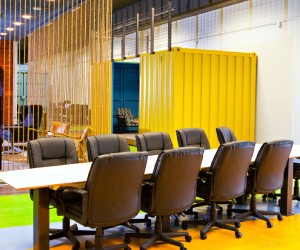
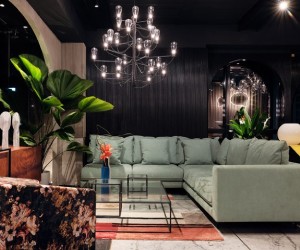
9. Quality of Life: Ultimately, a well-designed interior can confer an overall enhanced quality of life. Whether it’s a calming bedroom retreat, an inspiring workspace, or a welcoming home, the environment we inhabit remarkably influences our daily experiences and happiness.
10. Real Estate Value: A well-designed interior space can add value to a property. Whether it’s a residential home or a commercial space, a visually appealing and functional interior can lift up the property’s desirability and market price.


Leave A Comment